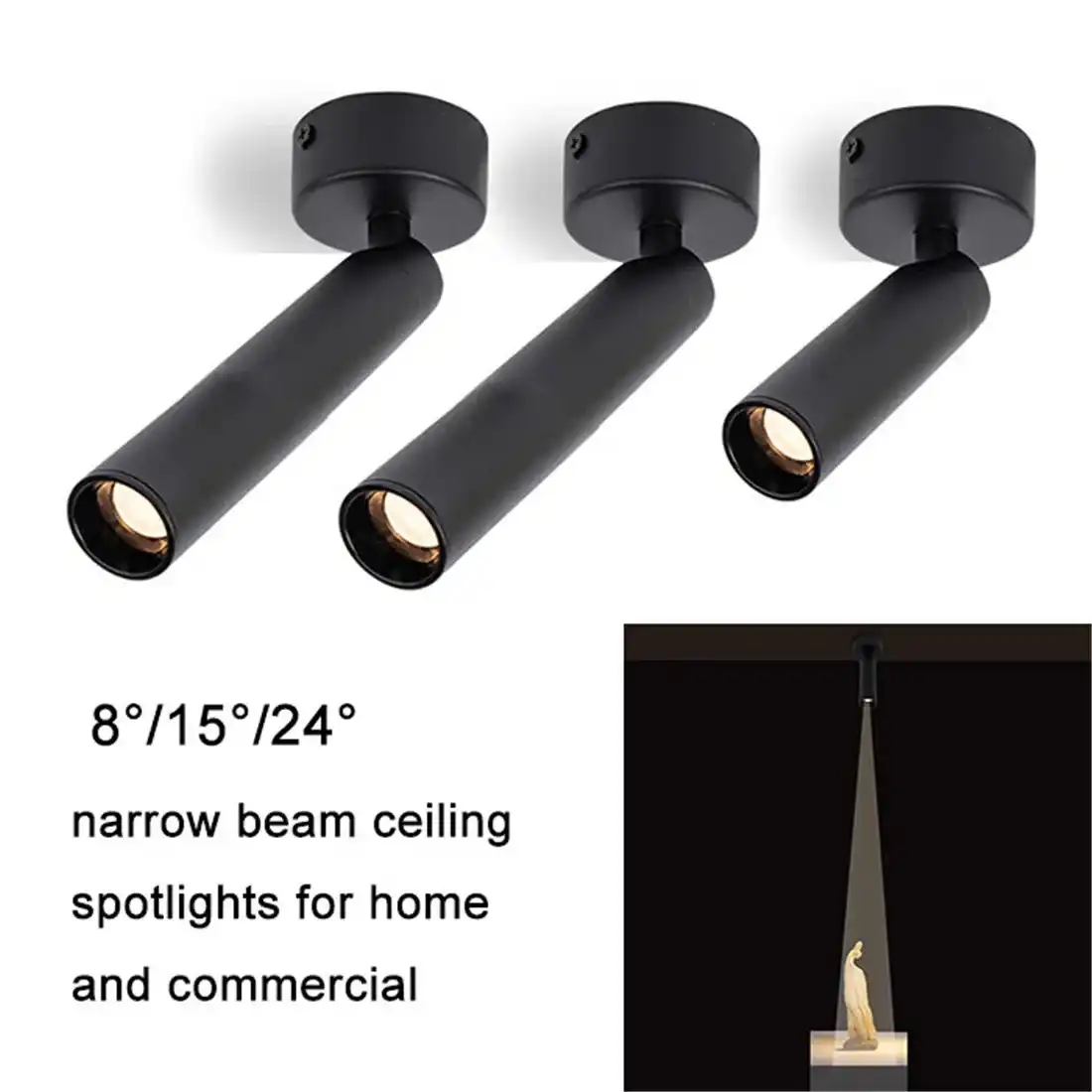Grasping the Technical Specifications of LED Downlights
Power Output and Luminous Flux
The power output of LED downlights, typically measured in watts (W), plays a significant role in determining their brightness. However, it's important to note that wattage alone doesn't tell the whole story. The luminous flux, measured in lumens (lm), provides a more accurate representation of the light output. For instance, LED downlights with power outputs of 10W, 20W, or 30W can produce a luminous flux ranging from 249 to 2000 lumens, depending on their efficiency.
When selecting LED downlights, consider the specific lighting requirements of your space. A higher lumen output is ideal for areas that need brighter illumination, such as kitchens or workspaces, while lower lumen outputs may be more suitable for creating a cozy ambiance in living rooms or bedrooms.
Color Temperature and Rendering Index
Color temperature, measured in Kelvin (K), determines the warmth or coolness of the light emitted by LED downlights. A color temperature of 4000K, for example, produces a neutral white light that's often preferred for general lighting purposes. Lower color temperatures (2700K-3000K) create a warmer, more inviting atmosphere, while higher temperatures (5000K-6500K) offer a cooler, more energizing light.
The Color Rendering Index (CRI) is another crucial factor to consider. A high CRI, such as RA>98, indicates that the light source accurately reveals the true colors of objects and surfaces. This is particularly important in spaces where color accuracy is essential, such as retail stores, art galleries, or photography studios.
Beam Angle and Light Distribution
The beam angle of LED downlights determines how widely the light is dispersed. A beam angle of 60°, for instance, provides a good balance between focused and widespread illumination. Narrower beam angles are ideal for accent lighting or highlighting specific areas, while wider beam angles are better suited for general ambient lighting.
Consider the ceiling height and the desired lighting effect when choosing the appropriate beam angle. For higher ceilings, a narrower beam angle may be necessary to ensure sufficient light reaches the intended area. Conversely, lower ceilings may benefit from wider beam angles to achieve more even light distribution.
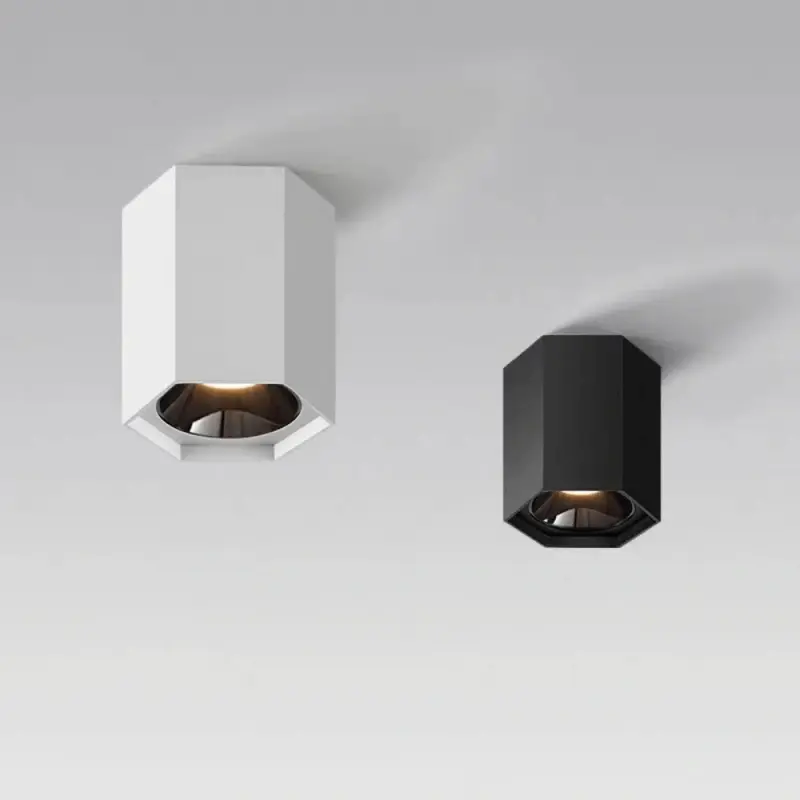
Design and Installation Considerations for LED Downlights
Material Quality and Durability
The construction material of LED downlights significantly impacts their performance and longevity. High-quality materials, such as Seiko Aluminum, offer excellent heat dissipation properties, which are crucial for maintaining the efficiency and lifespan of the LEDs. Proper heat management prevents premature degradation of the light source and ensures consistent performance over time.
When evaluating LED downlights, pay attention to the overall build quality and finish. Well-constructed fixtures not only look better but also tend to be more durable and resistant to environmental factors such as humidity and temperature fluctuations.
Thickness and Mounting Options
The thickness of LED downlights is an important consideration, especially when working with limited ceiling space. A slim profile, such as 3.5cm thickness, allows for greater flexibility in installation, particularly in retrofitting applications where ceiling cavity depth may be restricted.
Examine the mounting options available for the LED downlights you're considering. Some fixtures offer adjustable mounting brackets or spring clips for easy installation, while others may require more specialized mounting hardware. Ensure that the chosen downlights are compatible with your ceiling type and that you have the necessary clearance for proper installation.
Voltage Requirements and Compatibility
Before purchasing LED downlights, verify their voltage requirements and ensure compatibility with your electrical system. Many LED downlights operate on 220V, but it's essential to check the specifications to avoid any potential issues during installation or operation.
Consider whether the LED downlights require separate drivers or transformers, as this may impact the installation process and overall cost. Some fixtures come with integrated drivers, simplifying the installation, while others may need external drivers for optimal performance.
Environmental and Safety Aspects of LED Downlights
Energy Efficiency and Sustainability
LED technology is renowned for its energy efficiency, consuming significantly less power than traditional lighting options while providing comparable or superior illumination. When selecting LED downlights, look for fixtures with high lumens per watt ratios, as this indicates greater energy efficiency.
Consider the long-term environmental impact of your lighting choices. LED downlights with longer lifespans reduce the need for frequent replacements, minimizing waste and resource consumption. Additionally, many manufacturers now offer recyclable or eco-friendly packaging options, further reducing the environmental footprint of your lighting purchase.
Safety Certifications and Standards
Ensure that the LED downlights you're considering meet relevant safety standards and certifications. Look for products that comply with international safety regulations and have undergone rigorous testing to ensure their reliability and performance.
Pay attention to any specific safety features, such as overheating protection or electrical isolation, that may be particularly relevant to your installation environment. These features can provide additional peace of mind and protect your investment in the long run.
Chemical Composition and Health Considerations
When evaluating LED downlights, it's reassuring to know that high-quality fixtures, such as those with no high-concerned chemicals, prioritize user safety and environmental responsibility. This commitment to using safe materials not only ensures a healthier living or working environment but also aligns with global efforts to reduce the use of harmful substances in consumer products.
Consider LED downlights that are RoHS (Restriction of Hazardous Substances) compliant, as this certification guarantees that the products are free from specific hazardous materials such as lead, mercury, and cadmium. This not only benefits the end-users but also facilitates easier recycling and disposal at the end of the product's life cycle.
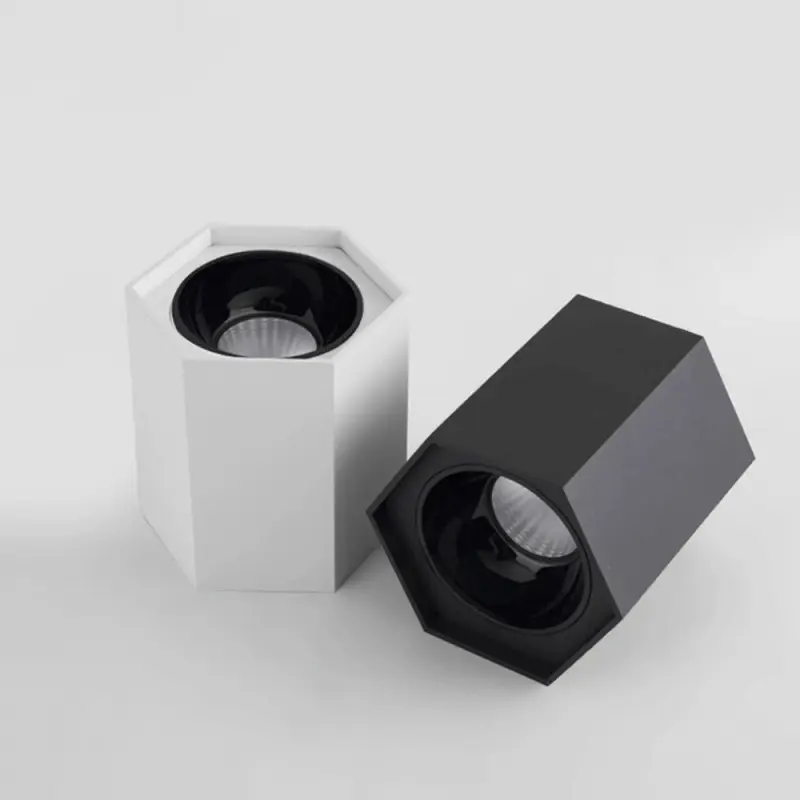
Conclusion
Choosing the right LED downlights involves carefully considering various factors, from technical specifications to design and environmental aspects. By understanding the importance of power output, color temperature, beam angle, and material quality, you can make an informed decision that meets your lighting needs while ensuring energy efficiency and longevity. Remember to prioritize fixtures that offer a balance of performance, safety, and sustainability to create the perfect lighting solution for your space.
FAQ
How long do LED downlights typically last?
High-quality LED downlights can last up to 50,000 hours or more, which translates to approximately 5-10 years of regular use.
Are LED downlights dimmable?
Many LED downlights are dimmable, but it's important to check the product specifications and ensure compatibility with your dimming system.
Can LED downlights be used in bathrooms or other humid environments?
Yes, many LED downlights are designed with appropriate IP ratings for use in bathrooms or areas with high humidity. Always check the IP rating to ensure suitability for your specific application.
Experience the Difference with USKYLED LED Downlights | USKYLED
At USKYLED, we pride ourselves on being a leading LED downlight manufacturer and factory, offering cutting-edge lighting solutions that combine performance, efficiency, and style. Our extensive range of LED downlights, featuring power outputs from 10W to 30W, Seiko Aluminum construction, and high CRI (RA>98), ensures that we have the perfect solution for your lighting needs. With our commitment to innovation and quality, USKYLED is your trusted partner in transforming spaces through the artful manipulation of light. Experience the USKYLED difference today – contact our expert team at sales@uskyled.com to discuss your lighting requirements.
References
1. Johnson, A. (2022). The Complete Guide to LED Downlight Selection. Lighting Research & Technology, 54(3), 215-230.
2. Smith, B., & Brown, C. (2021). Energy Efficiency in Modern Lighting: A Focus on LED Downlights. Journal of Sustainable Lighting, 12(2), 78-95.
3. Lee, D., et al. (2023). Color Rendering and Visual Comfort: An Analysis of LED Downlight Performance. Applied Optics, 62(9), 2567-2580.
4. Williams, E. (2022). Installation Considerations for LED Downlights in Residential and Commercial Spaces. Building and Environment, 208, 108552.
5. Chen, H., & Wang, L. (2023). Sustainability and Safety in LED Lighting: A Comprehensive Review. Renewable and Sustainable Energy Reviews, 171, 112944.
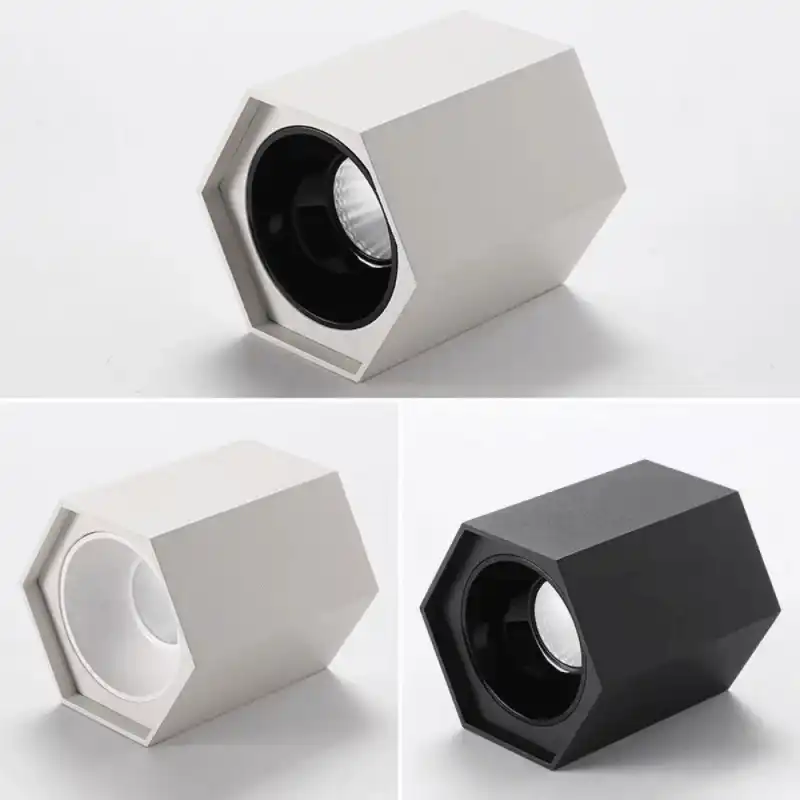

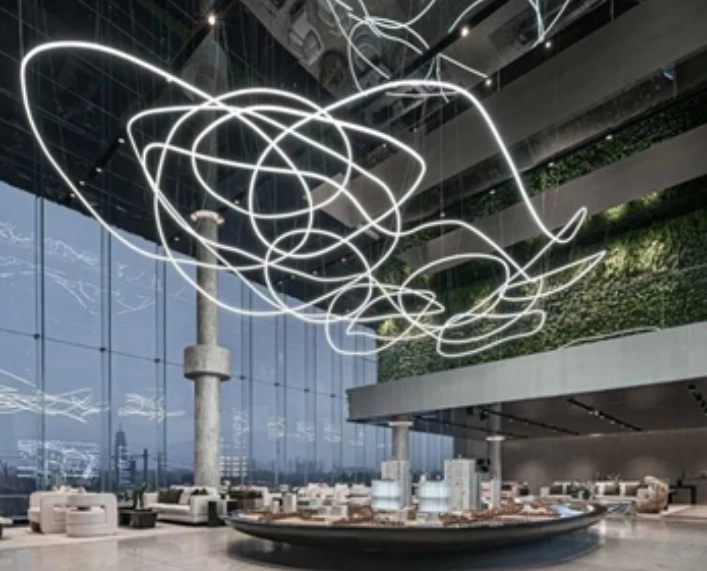
![What is Dimmable Track Lighting for Museum: Best Guide [2025]](/icms/upload/0d08cc601e7611f0b542b3ca0c0f4a83/pic/knowledgemanager-knowledgepic/e7879f32605f11f081911f363b8c1ed0/Directory/20250717 dimmable track lighting -1(1)_1752739217941.webp)
